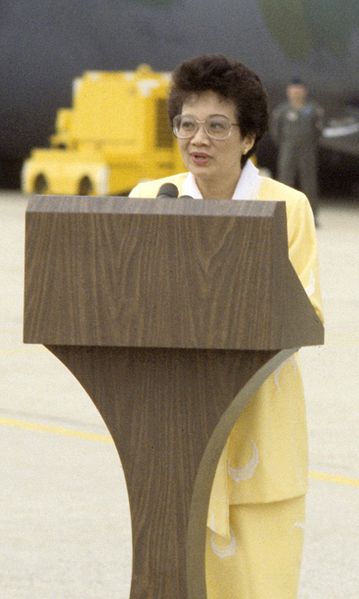Air travel or Telepresence?
 Traveling by air to attend meetings, conferences or training sessions in another Australian or international city is expensive in terms of flight costs (say around $300 for domestic and $2000 for international flights), hotel and taxi expenses (around $150 per night plus $140 for taxis), and living allowances (averaging around $100 per day). Increasingly important also is the cost to the environment with typical CO2 emissions (on a per seat basis on a jet) ranging from around 110 kg for a 1000km flight on a Boeing 737 and 800 kg for a 6000km seat in a Boeing 747.
Traveling by air to attend meetings, conferences or training sessions in another Australian or international city is expensive in terms of flight costs (say around $300 for domestic and $2000 for international flights), hotel and taxi expenses (around $150 per night plus $140 for taxis), and living allowances (averaging around $100 per day). Increasingly important also is the cost to the environment with typical CO2 emissions (on a per seat basis on a jet) ranging from around 110 kg for a 1000km flight on a Boeing 737 and 800 kg for a 6000km seat in a Boeing 747.
Compare this to the cost of using the the newest and most “real” video conferencing equipment now available. This is known as telepresence. At around $200 per hour the cost for a telepresence conference is significantly cheaper with the added benefit you do not have to leave your office. (Here's a link to an overview of the technology from Tandberg
Fortunately the Australian government, through Lindsay Tanner as Minister for Finance is taking a leadership role in providing video conferencing facilities to government. The Minister has allocated nearly $14m to install telepresence facilities in Australian, State and Territory governments. Providing high speed internet access throughout Australia is another government priority. In addition big business is increasing the use of video conferencing as a core communication tool and even SMEs like Link Asea are testing the new technology that will allow secure high quality multi point video conferencing from home computers.
So the infrastructure is being rolled out. The challenge now is to ensure it is embraced within companies and government agencies. To do this we need to understand the incentives and disincentives for increasing their use.
The main disincentive is that many people like travel with all the opportunities it affords to stay in nice hotels, accumulate frequent flyer points and avoid doing the dishes after dinner. This issue is one for management to address.
Proponents of video conferencing and other IP based business tools must also be proactive by unequivocally demonstrating the power of the new communication options. Advocates for using this technology need to demonstrate that telepresence and other new technologies represent powerful new options for delivering training, holding conferences, facilitating group support, creating professional networks and for holding negotiations.
To kick this off this process, we will build up a store of information on the new technologies on this website. Anyone interested in promoting the technologies as a green and effective alternative to travel is welcome to post comments and articles of their own. At the end of the day the Link Asea team believes that using modern communication technologies is good for business efficiency and great for the environment.


 Just a few days ago on 1 August 2009, Corazon C. Aquino, 11th President of the Republic of the Philippines, died. She served as president of her nation for six years, from 1986 to 1992. She was the first female president of the Philippines, and was one of a remarkable line of Asian women (including Indira Ghandi in India, Benazir Butto in Pakistan, Mrs Bandaranaike in Sri Lanka, Khaleda Zia and Sheikh Hasina in Bangladesh, and Megawati Sukarnoputri in Indonesia) who have been leaders of their country in recent years.
Just a few days ago on 1 August 2009, Corazon C. Aquino, 11th President of the Republic of the Philippines, died. She served as president of her nation for six years, from 1986 to 1992. She was the first female president of the Philippines, and was one of a remarkable line of Asian women (including Indira Ghandi in India, Benazir Butto in Pakistan, Mrs Bandaranaike in Sri Lanka, Khaleda Zia and Sheikh Hasina in Bangladesh, and Megawati Sukarnoputri in Indonesia) who have been leaders of their country in recent years.